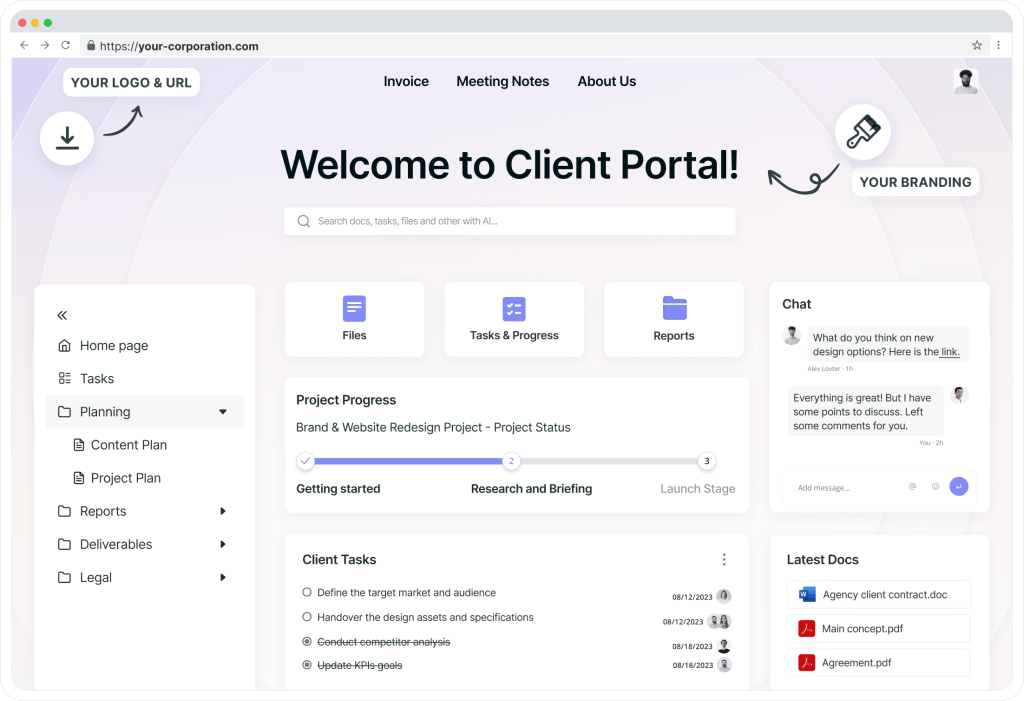
Effective communication is the cornerstone of successful teamwork and productivity in any organization. Whether you’re leading a team or collaborating with colleagues, mastering communication skills is essential for fostering a positive and efficient work environment. In this article, we will uncover the top 6 secrets to effective communication skills that can transform your interactions and drive your business towards success.
By understanding and implementing these secrets, you can:
- Enhance Team Collaboration: Foster a collaborative atmosphere where team members can work together seamlessly.
- Boost Productivity: Reduce errors and streamline processes, enhancing overall productivity.
- Achieve Success: Build strong relationships that are vital for business growth and success.
Let’s dive in!
Why is Effective Communication Important in Business?

Effective communication is crucial in any business environment as it directly influences the ability to achieve business goals. Here are some key points to consider:
- Enhances Team Collaboration: Clear and concise communication ensures that all team members are aligned, reducing misunderstandings and fostering a collaborative environment.
- Boosts Productivity: When information is conveyed effectively, tasks are completed more efficiently, leading to increased productivity.
- Improves Overall Success: Effective communication helps build strong relationships with clients, stakeholders, and employees, which is essential for the overall success of the business.
- Improved Employee Morale: Effective communication helps in building trust and rapport among employees, which can boost morale and job satisfaction.
- Better Decision Making: With clear and concise information, managers and team leaders can make informed decisions that align with business objectives.
- Customer Satisfaction: Effective communication with customers ensures their needs and expectations are met, leading to higher customer satisfaction and loyalty.
Master the Art: 6 Main Skills for Effective Communication
1. Leveraging Software for Effective and Insightful Communication
Enhance your communication skills with the right software tools. By creating a conducive digital environment, these tools help you organize thoughts, present information clearly, and gather valuable audience insights. Improve clarity, engagement, and effectiveness in your communication strategy.
Example Tools:
- Collaboration Platforms: Utilize platforms like FuseBase for seamless team communication and collaboration. FuseBase not only improves internal team communication but also enhances client relationships.

- Presentation Software: Use tools like PowerPoint or Keynote to create engaging and visually appealing presentations.
- Analytics Tools: Employ analytics software to gather data on your communication efforts and gain insights into areas for improvement.
2. Practice Consistency and Transparency
Being consistent and transparent in your communication is essential for building trust. When you consistently share information and are open about your intentions, it creates a reliable environment where others feel secure. This reliability fosters better relationships and more effective communication. Implement strategies to ensure your communication is clear and concise, minimizing misunderstandings.
Example Strategies:
- Use Simple Language: Avoid jargon and complex terms.
- Be Specific: Provide concrete details rather than vague descriptions.
- Summarize Key Points: Recap the main ideas at the end of a conversation or message.
3. Emotional Intelligence

Emotional intelligence involves managing and using your emotions to communicate more effectively. It includes being aware of your own emotions, understanding the emotions of others, and using this awareness to guide your interactions. High emotional intelligence can help you navigate complex social situations and resolve conflicts more smoothly. Develop your ability to empathize with team members to enhance communication and collaboration.
Example Methods:
- Active Listening: Truly listen to understand the other person’s perspective.
- Perspective-Taking: Try to see situations from the other person’s point of view.
- Empathetic Statements: Use phrases like “I understand how you feel” to show empathy.
4. Active Listening

Active listening is crucial for effective communication. It involves fully concentrating, understanding, responding, and remembering what is being said. Learn and apply methods for active listening to improve understanding and relationships within your team.
Example Techniques:
- Paraphrasing: Restate what the speaker has said in your own words to confirm understanding.
- Reflective Listening: Mirror the speaker’s emotions to show empathy and understanding.
- Open-Ended Questions: Ask questions that require more than a yes/no answer to encourage deeper conversation.
5. Non-Verbal Communication

Non-verbal communication plays a significant role in how messages are received. This includes body language, facial expressions, and gestures. Being aware of your own non-verbal signals and being able to read those of others can greatly enhance your communication effectiveness. Recognize and effectively use non-verbal cues to complement your verbal communication.
Example Strategies:
- Body Language: Be aware of your posture, gestures, and facial expressions.
- Eye Contact: Maintain appropriate eye contact to show engagement and interest.
- Tone of Voice: Use a tone that matches your message and shows sincerity.
6. Feedback

Providing and receiving constructive feedback is essential for growth and improvement. Effective feedback is specific, actionable, and delivered in a way that encourages positive change. When receiving feedback, it’s important to listen openly, ask for clarification if needed, and reflect on the information provided. Master the art of giving and receiving feedback to foster a culture of continuous improvement and growth.
Example Techniques:
- The Sandwich Method: Start with positive feedback, then provide constructive criticism, and end with positive feedback.
- Specific and Actionable: Give feedback that is specific and includes actionable steps for improvement.
- Timely Feedback: Provide feedback as soon as possible after the event or behavior.
Summary
It’s important to have effective communication in any business because it ensures clarity, fosters collaboration, and enhances productivity. Implementing the discussed skills and tools can significantly improve how team members interact and convey information. Continuous improvement in communication practices is essential for maintaining a dynamic and efficient work environment. Here are 3 tips to maximize the benefits of your skills.
- Use communication tools like FuseBase and Jira to organize tasks and projects and improve teamwork.
- Have regular team meetings and one-on-one check-ins to make sure everyone is on the same page and address any issues quickly.
- Provide training sessions and workshops to help improve communication skills within the team.

